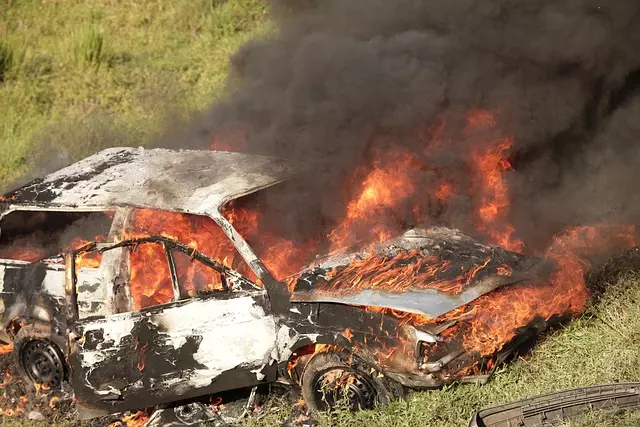Trucking companies in The Bronx face unique challenges due to the city's vibrant economy and heavy traffic. To manage Trucking Company Liability The Bronx, they must understand New York State laws regarding vehicle accidents, cargo damage, and workplace injuries involving commercial trucks. Strict adherence to maintenance, training, and load-securing protocols is essential for risk minimization. Compliance with hours of service, routing, and driver fatigue regulations is crucial in preventing accidents and ensuring legal conformity.
In the bustling landscape of The Bronx, trucking companies operate within a complex web of legal responsibilities. This article delves into the intricacies of Trucking Company Liability in this vibrant metropolis, focusing on understanding and navigating the legal obligations that shape their operations. From safety protocols to insurance requirements, we explore how businesses can ensure compliance and mitigate risks unique to The Bronx’s urban environment.
- Understanding Trucking Liability in The Bronx
- Navigating Legal Responsibilities for Trucking Companies in The Bronx
Understanding Trucking Liability in The Bronx

In the dynamic landscape of transportation, trucking companies operating within The Bronx face unique challenges and responsibilities regarding liability. As a bustling metropolis with a vibrant economy, The Bronx serves as a crucial node in the logistics network, hosting numerous trucking operations. Understanding Trucking Company Liability here involves comprehending the legal framework that governs vehicle accidents, cargo damage, and workplace injuries involving commercial trucks. New York State laws, coupled with local regulations, dictate the rules of the road, safety standards, and insurance requirements for these companies to ensure fair practices and protect all stakeholders.
The Bronx’s dense traffic and complex infrastructure demand heightened vigilance from trucking companies to mitigate risks. Liability can arise from various incidents, including collisions with other vehicles or pedestrians, cargo shift during transit leading to damage or loss, and workplace accidents on the loading/unloading docks. Companies must adhere to strict maintenance schedules, driver training programs, and load securing techniques to minimize these risks. Additionally, understanding local laws regarding hours of service, routing, and driver fatigue is paramount in preventing accidents and ensuring compliance with regulations that govern Trucking Company Liability in The Bronx.
Navigating Legal Responsibilities for Trucking Companies in The Bronx

Navigating Legal Responsibilities for Trucking Companies in The Bronx involves understanding a complex web of regulations designed to ensure safety and accountability. Trucking companies operating within the vibrant, bustling metropolis must adhere to stringent guidelines regarding vehicle maintenance, driver training, and cargo securing practices. Failure to comply can result in significant liability, as accidents involving large trucks can cause substantial damage and injuries due to their size and weight.
In terms of Trucking Company Liability The Bronx, companies are responsible for minimizing risks on the road. This includes regular inspections of vehicles to prevent mechanical failures, proper training and oversight of drivers to ensure adherence to traffic laws and safe driving practices, and secure loading to prevent cargo shift during transit. Compliance with these measures not only mitigates legal risk but also fosters a culture of safety, enhancing the company’s reputation in the competitive trucking industry.
In understanding and navigating trucking company liability in The Bronx, it’s clear that a comprehensive grasp of legal responsibilities is essential for all involved. As the bustling metropolis continues to evolve, so too must the frameworks governing trucking operations, ensuring safety, accountability, and fair practices. By adhering to these guidelines, trucking companies can foster a positive impact on The Bronx’s vibrant landscape, contributing to its growth while mitigating potential risks and liabilities.
